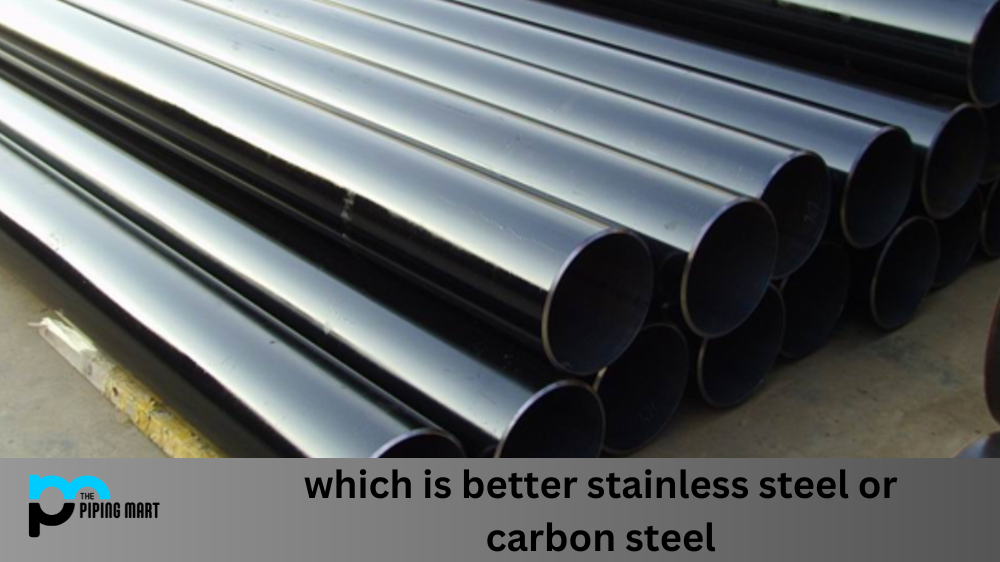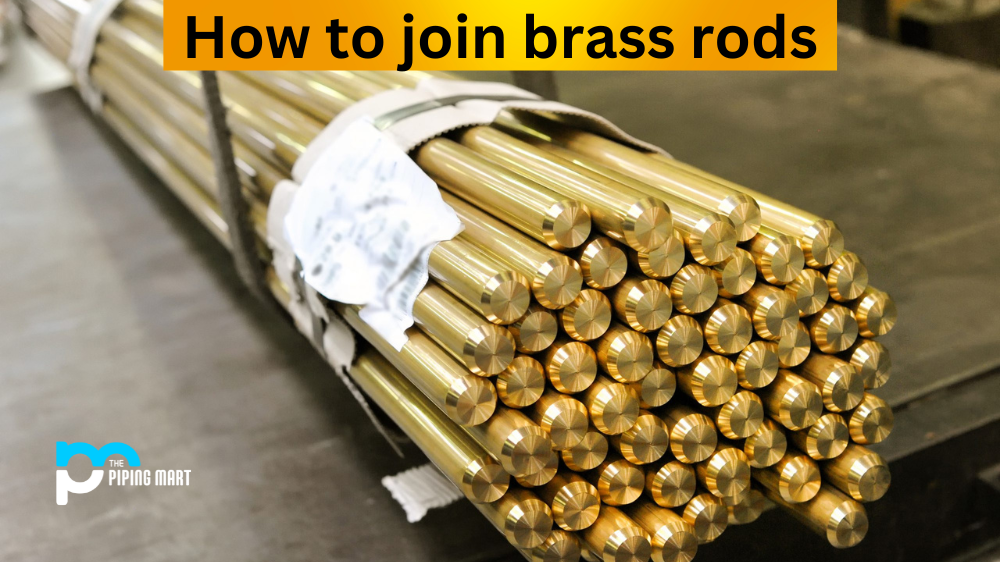When choosing between stainless steel and carbon steel, there are a few important factors to consider. Each type of steel has its advantages and disadvantages, so it is important to understand their differences to make the best decision for your project. This article will compare the pros and cons of stainless steel versus carbon steel to help you decide which is right for you.
Difference Between Stainless Steel and Carbon Steel
Stainless Steel vs Carbon Steel Hardness
Stainless steel and carbon steel are both hugely important metals with a wide range of practical applications. Choosing between the two can sometimes be tricky, particularly when commercial use is concerned. One of their most notable differences lies in their respective levels of hardness; while stainless steel is ranked higher on the hardness scale and is highly resistant to corrosion, carbon steel may be slightly cheaper but can be more susceptible to wear and tear due to its lower hardness rating. However, it should also be noted that certain types of stainless steel can decrease in some aspects of performance over time; this means that sometimes the decision between the two ultimately comes down to budget and specific needs or situations.
Stainless Steel vs Carbon Steel Durability
One of the most important factors to consider when comparing stainless steel with carbon steel is durability. Stainless steel is generally more durable than carbon steel, as it can resist corrosion and rust. This makes it an excellent choice for projects that need long-lasting materials that can withstand harsh conditions. Conversely, carbon steel is less durable than stainless steel and may rust over time if not adequately cared for or exposed to damp or humid environments.
Stainless Steel vs Carbon Steel Price
Another factor to consider when comparing stainless steel with carbon steel is cost. Generally speaking, stainless steel tends to be more expensive than carbon steel due to its superior durability and resistance against corrosion and rust. On the other hand, carbon steel tends to be less costly but may require additional treatments to prevent corrosion or rusting.
Stainless Steel vs Carbon Steel Strength
When considering strength, both types of steel have their advantages and disadvantages. Stainless steel is typically more potent than carbon steel due to its higher chromium content which increases its resistance against stress cracking or deformation under load—making it ideal for applications that require strength, such as construction or engineering projects. However, some carbon steels have higher strengths than some stainless steels, making them an attractive option for specific applications where strength is a priority over corrosion resistance or cost savings (such as automotive parts).
Stainless Steel vs Carbon Steel Weight
Many people often wonder how two types of steel, stainless steel and carbon steel, compare in terms of weight. Generally speaking, when an object is made from stainless steel it will be slightly heavier than if the same object was produced in carbon steel. This is true since stainless steel contains nickel and other alloying elements which make the material denser than a plain carbon steel material. However, when the size or shape of the object changes then there may be less of a difference between stainless and carbon due to factors such as wall thickness. Ultimately, weight differences can vary widely depending on what an item is used for, as well as its design specifications.
Conclusion:
It’s clear that both stainless sheets of steel and carbon steel have their unique advantages and disadvantages when used in specific projects or applications – so understanding what each type offers can help you make an informed decision about which type is best suited for your particular needs. Both materials offer excellent durability under normal operating conditions – however, in terms of cost efficiency and strength –there may be slight variations between each type depending on grade selection & other factors involved with your particular project/application requirements! Ultimately – by comparing all these factors – we can determine which material will best suit our needs!

Pipingmart is B2B portal specializes in industrial, metal and piping products. Also, share latest information and news related to products, materials and different types grades to help business dealing in this industry.




